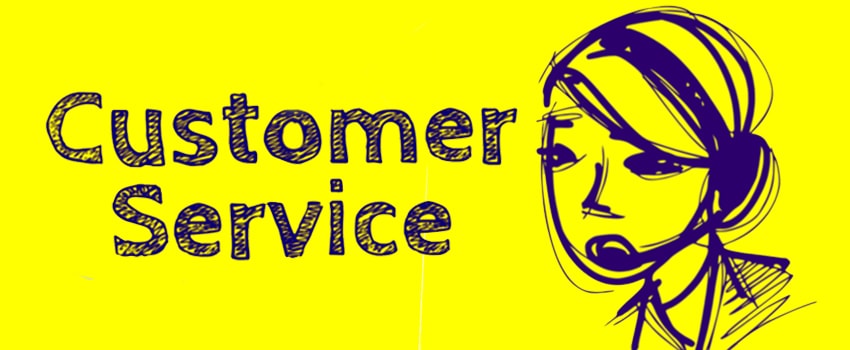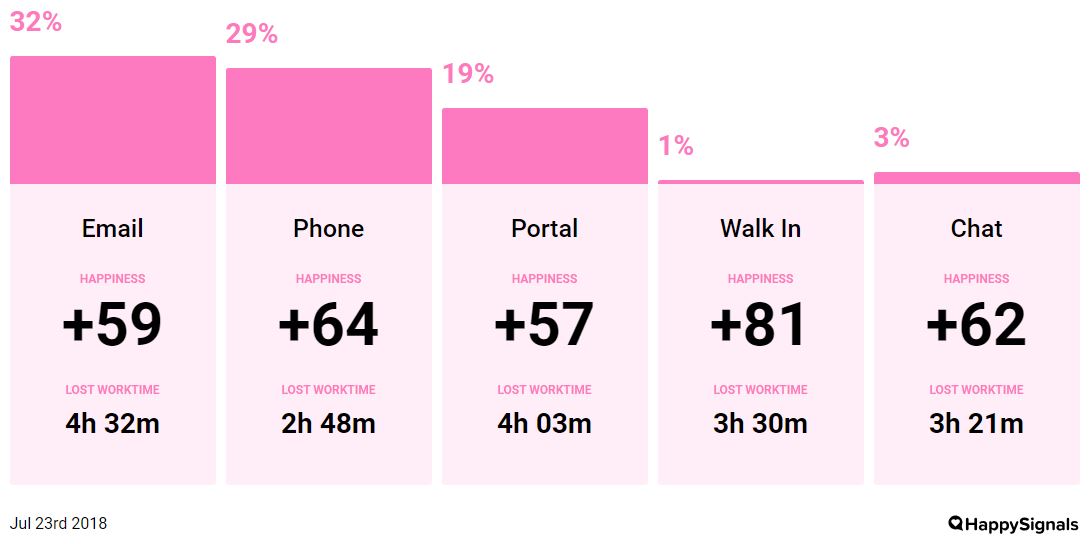
What IT Support Can Learn from Customer Service Trends
I’ve written a lot about how internal IT support and IT service management (ITSM) are changing – from the impact of consumerization (thanks to employees bringing their often-superior personal-life experiences and expectations into the workplace), the use of new service and support technologies, to the importance of the customer experience (CX). And while there’s an obvious link between these – doing more to provide a better employee experience – there’s another connection that might not be so apparent. Internal IT support is moving closer and closer to external customer support.
Think about it. Consumerization is employees applying their business-to-consumer (B2C) experiences (and expectations) to corporate IT. The new support technologies are usually successful in external customer support scenarios before internal support adoption. And the CX strategies of B2C companies – to win and retain customers – are driving the impact of consumerization even higher.
Thus, if your organization wanted to understand what will happen to its IT support capability over the next few years, then it could quite easily take a steer from where the external customer support industry is now and where it’s going.
Compare Customer Service and IT Support? What!?
At the end of February 2018, Kate Leggett – a highly-respected industry analyst from Forrester, who covers the customer service space – blogged on the “Top Customer Service Trends For 2018.”
Your first instinct might be to think “Customer service? Meh! I work in IT.” But think again. Firstly because of what I’ve explained above. And secondly, as you look at the key customer service trends that Kate highlights in her blog, you’ll catch on to the logic.
Let’s start with this great quote:
“Great customer service is not just about cutting costs or making operations more efficient. Instead, it’s a systematic reinvention of established technology, data, and operations — leveraging automation, data, and agents together to exploit each of their unique strengths.”
Now read it again replacing “customer service” with “IT support.”
“Great IT support is not just about cutting costs or making operations more efficient. Instead, it’s a systematic reinvention of established technology, data, and operations — leveraging automation, data, and agents together to exploit each of their unique strengths.”
Sounds good doesn’t it?
This Year’s Top Customer Service Trends
The 3 top customer service trends Kate calls out in her blog are:
- Customers demand fast service anywhere, anytime.
- Automation and artificial intelligence (AI) quells headcount increases.
- Customer service operations must look to become more human.
With these collectively employed to transform traditional customer service operations.
The first two trends definitely sound familiar from an IT-support point of view. And, given this, are you also wondering if the third is applicable too?
Let’s visit each of these in turn.
1. Customers demand fast service anywhere, anytime
Employees rightly expect a choice of IT support channels similar to what they receive as B2C consumers. They also expect a speedy service when and wherever they need it.
Just looking at IT support channel-based data from Happy Signals, a provider of employee experience data, shows the connectivity between speed (in this case, the impact in terms of employees’ lost work time) and employee happiness:
So, how can IT support teams deliver a faster service?
Adding people to the IT service desk is one option. But it probably won’t fly due to:
- The cost implications of extra staff
- The law of diminishing marginal returns where the additional cost of IT support staff doesn’t provide a linear increase in speed
Instead, and you probably already know this, IT service desks and other support capabilities need to transform how they operate.
To quote the promotional abstract from one of Kate’s customer service reports, organizations:
Before jumping to trend 2, it’s worth pointing out that there are many additional steps that IT support teams can take to improve their customer service as listed in this Joe the IT Guy blog: 7 Simple Tips to Improve Customer Service on the Help Desk.
2. Automation and AI quells headcount increases
So, IT service desks need to deliver against employee needs more quickly. But adding in more staff isn’t a viable option. The solution? It’s the same as has been deployed for the last 30 years – letting technology undertake some of the “heavy lifting” to speed things up, reduce costs, and to deliver better outcomes.
Quoting Kate’s customer service trends blog again:
“Enterprises must re-imagine their operations, with automation and AI at the center of their strategy: for example, automated answers, automated conversations, automated agent guidance and RPA, and optimized routing, scheduling, and case classification. They must also invest in intelligence to ensure AI fueled technologies evolve and learn from prior interactions over time.”
Again, doesn’t this fit our IT support scenarios?
3. Customer service operations must look to become more human
So far, so good. But you’re now probably thinking: “How can we become more human when we are deliberately using more technology?” It’s a fair question to ask.
Read what Kate predicts in her blog though:
“With customers increasingly using self-service, there are fewer opportunities for engagement with agents who can lend a human touch. All easy interactions will be handled via automation and AI. Agent interactions will be reserved for escalations for more complex issues that require diagnosis and empathy. This means that customer service organizations will no longer need Tier 1 agents and must become high-touch centers that handle critical customer interactions.”
And:
“Agents will need to be more highly skilled and better compensated. Old management principles that focused on efficiency must be relaxed. Ultimately, technologies such as quality monitoring should be replaced by customer feedback.”
Again, can you imagine a similar scenario with IT support (providing organizations finally get self-service and chat, and then AI adoption, right)?
I definitely can; and it’s something that IT service desks and other support teams need to be thinking about, and planning for, across:
- IT support strategies, policies, and processes
- Staff recruitment, retention, and potentially reskilling
- The performance metrics employed for both individuals and teams
Hopefully I’ve convinced you, or at least have you thinking, about the future of IT support being visible in the near-term future of external customer support. It might not be an exact match but there certainly seems to be enough similarities to make the continued “following” of the evolution of customer service operations.







